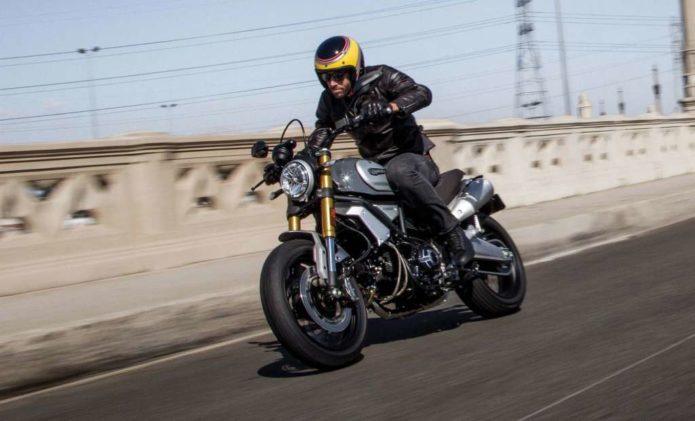Ducati just released the flagship to its hugely popular Scrambler lineage with this, the Scrambler 1100. Personally speaking, it’s the Scrambler I like most in Ducati’s line for reasons I mention in my First Ride Review. Time will tell if the Scrambler 1100 lineage is as much of a success for Ducati as the original, 803cc Scrambler Icon, but from where I’m sitting, the new 1100 has a lot of things going for it – as well as a few blemishes. Here then are six things I like about the new Scrambler 1100, as well as three things I don’t.
Likes
1. Engine
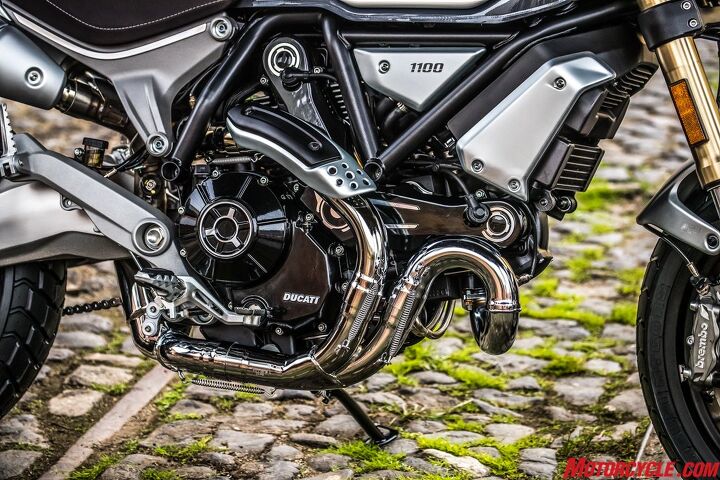
I said it before in my First Ride piece, but it’s worth mentioning again here: the 1079cc Desmodue engine in the Scrambler 1100 is a real gem. Sharing the same bottom end as the version last seen in the Monster 1100 EVO, Ducati redesigned the top end for a broad spread of torque available very early in the rev range. One notable change compared to the Monster is the switch to a single throttle body versus the dual throttle body setup before. Valve overlap is 16 degrees, and each combustion cycle is ignited via two spark plugs per cylinder. This results in max torque of 65 lb-ft being available at a low 4,750 rpm.
From the saddle the broad spread of torque makes this air-cooled, two-valve Twin a real sweetheart in everyday street riding. Power does noticeably trail off towards the rev ceiling, but a slick shift later and the stable of ponies is ready to pull you forward again.
2. Useful Tech
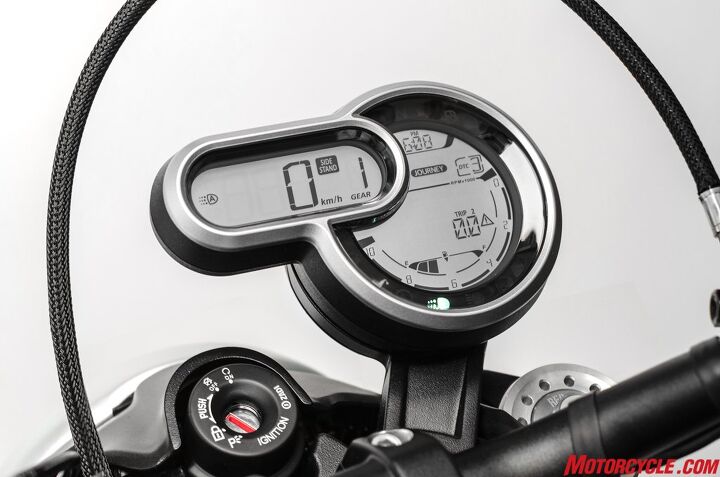
Say what you will about technology taking the fun out of motorcycling – I, for one, don’t buy it. ABS has prevented countless crashes, as has traction control. Both are technologies I’d want in a motorcycle, and thankfully both are included on the Scrambler 1100. As an added bonus, each technology is aided by the use of an Inertial Measurement Unit (IMU), allowing for Cornering ABS, as well as predictive (rather than reactive) traction control. Another cool feature the IMU allows is for self-cancelling turn indicators, because nobody wants to be that guy with their blinkers on for no reason 30 miles into a ride.
3. Goldilocks Handlebar
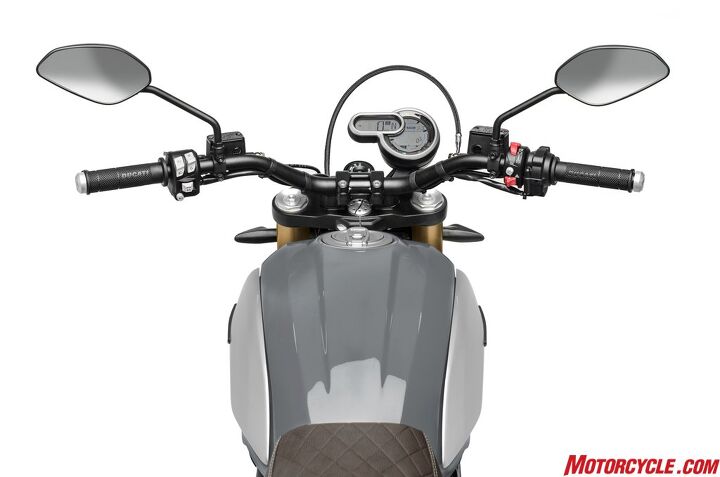
Handlebar width is important. Too narrow and the motorcycle becomes harder to turn than it should be. Too wide and the bike feels uncomfortable, throwing the rider triangle off. It’s rare to come across a bike with bars too wide, but I’ve come across plenty of motorcycles where narrow bars slightly marred the riding experience. In the case of the Scrambler 1100 – or at least the Special version Ducati had us ride – the bars were a perfect width, providing just enough leverage to maneuver the bike without seeming too wide.
4. Easy To Ride
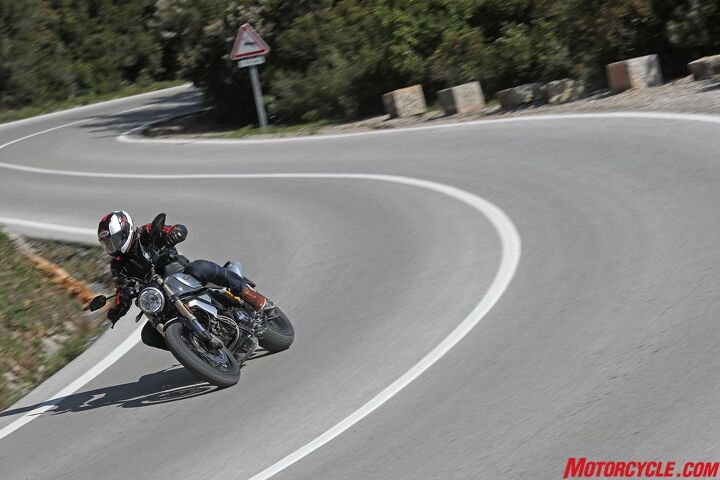
Put the first three Likes together and you have a bike that’s easy to ride, assuming of course you have a little riding experience already. The engine’s readily accessible power, combined with a very slick-shifting transmission (with slipper clutch), finely calibrated fueling, C-ABS, traction control, comfortable ergos, and adjustable suspension mean almost anyone can hop on and have a good time.
5. Termignoni Supertrapp-style Exhaust Canisters
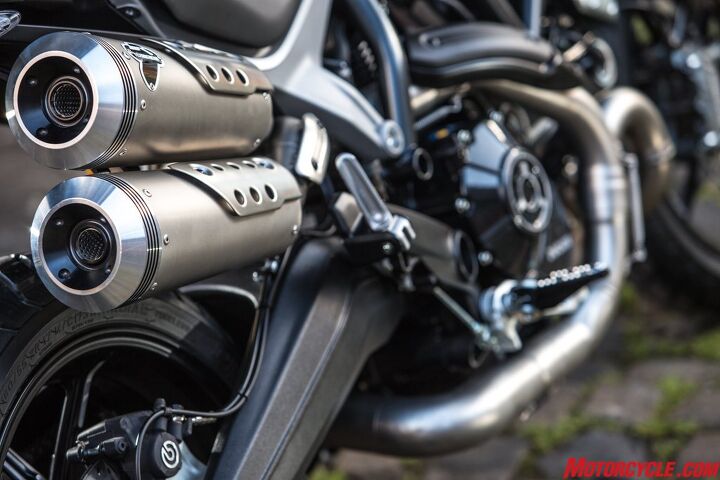
No Ducati is complete without a set of accessory exhaust cans from Termignoni, and the Scrambler is no exception. If you’re a fan of old cars and old motorcycles like I am, then you’ll appreciate the nod Termignoni made to the Supertrapp mufflers of yore, with the discs stacked up behind the end cap. Unfortunately, unlike real Supertrapps, those discs are just for aesthetics – but they sure do look cool.
6. The Person Who Designed The Bike Also Rides The Crap Out Of It

This guy, Jeremy Faraud, was instrumental in making the Scrambler 1100 look the way it does. As the designer for the Scrambler, one would think he spends a lot of his time behind a desk drawing each part of the bike, with little time twisting throttles. While I’m sure most of his typical work day is spent doing just that, I had the pleasure of following Faraud through some twisty roads during the press launch – and I’m happy to report Faraud can ride! Definitely no slouch on two wheels, it’s refreshing to see someone so integral to the brand also able to give the motorcycle a good flogging.
Don’t like
1. Price

With pricing starting at $12,995 for the 1100, moving up to $14,995 for the Sport model, the Scrambler 1100 line, while on par with its main rival – the BMW R nineT Scrambler – is still spendy. As many of you have commented in the First Ride piece, the price point seems exorbitant for basically a larger engine and a few tech pieces compared to the Scrambler Icon. The Icon sold in big numbers partly because it had an attractive price. The 1100 doesn’t seem set to follow in those footsteps.
2. Weight
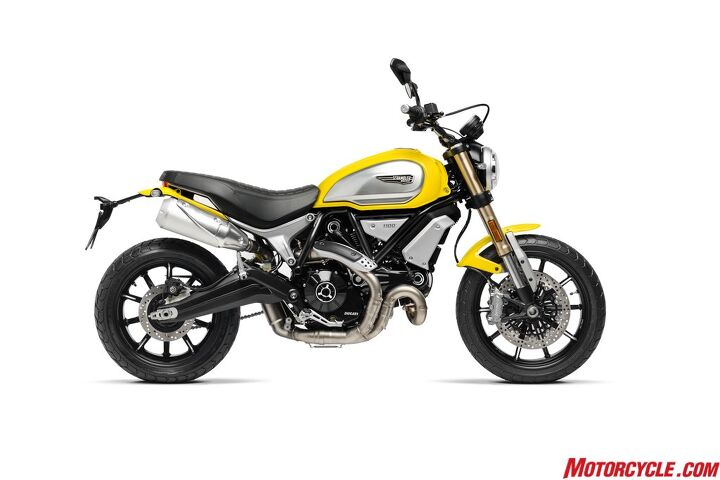
Tipping the scales at 454lbs (1100, Sport) and 465lbs (Special) according to Ducati, these big Scramblers aren’t exactly light – which will matter more when these bikes start to go off the beaten path. Of course, more experienced riders will find ways to deal with the extra heft, but newer riders (especially to light off-roading) might be tempted to just leave the bike on its side when they inevitably fall over. Ducati tout the fact that most of the Scrambler is metal and not plastic (a customizer’s dream), but metal weighs more than plastic, too.
3. 18-inch front
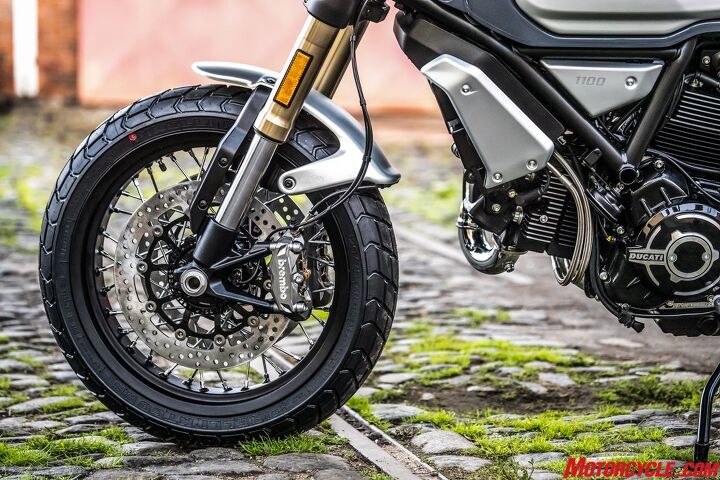
I admit, this gripe doesn’t apply much to the off-road crowd, but the 18-inch front wheel made the Scrambler 1100’s street manners just a smidge less agile than I’d like. This especially after I gave the bars a ton of credit for being the perfect width. I’m sure the 18-inch hoop is a better option when the pavement ends, but on pavement I was hoping the Scrambler 1100 would react quicker. For now, I’ll hold out hope that a Cafe Racer version will appear with a 17-inch front, just like it did for the 803cc line.
(motorcycle.com, https://goo.gl/F6hDbU)


